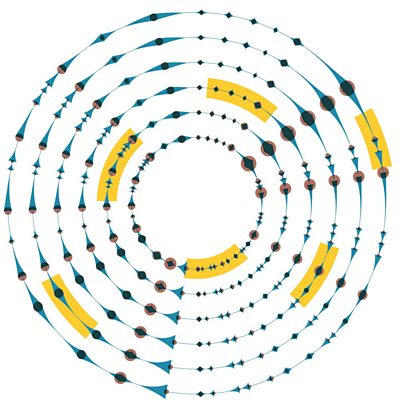Episode details

Available for over a year
Sir Ian Blatchford and Dr Tilly Blyth continue their series exploring how art and science have inspired each other, from the Enlightenment to Dark Matter. They examine whether the digital computer, that simply follows a series of logical steps, can produce original art without the creative and emotional intention of a human. Ian visits Longplayer a piece of music created using an algorithm designed by ex Pogues musician Jem Finer. It will play for a millennium, without repetition, ending on December 31st 2999. The algorithm that defines Longplayer allows the music to be composed in real time according to simple rules. It’s music that plays with ideas of human and physical time Over 100 years before the digital computer age, Ada Lovelace made a significant intellectual leap by suggesting a computing machine could be used not just for numerical expressions but to manipulate quantities other than number, such as musical notes. As Tilly reveals, it goes to the heart of questions about whether, in the future, anything as a mundane as a piece of computer code can generate music and art that’s genuinely creative without human input. Producer Adrian Washbourne Produced in partnership with The Science Museum Group Photograph (C) LongPlayer Trust
Programme Website